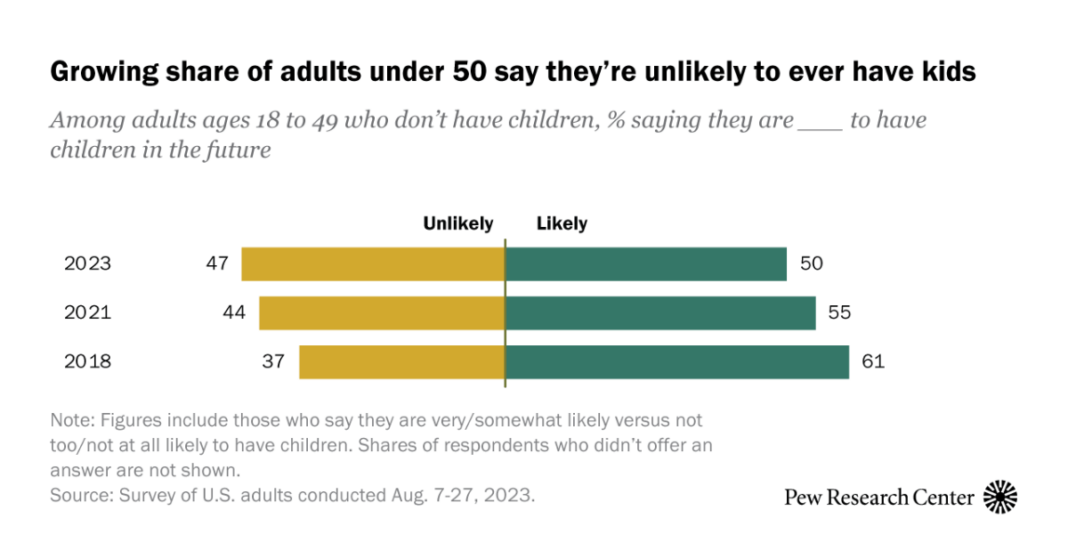Demographic and Economic Characteristics of Adults 50 and Older Without Children
As the population ages, it is important to understand the demographic and economic characteristics of adults 50 and older who do not have children. This group represents a growing segment of the population, and their unique needs and challenges must be taken into consideration when developing policies and programs to support their well-being.
Demographic Characteristics
Adults 50 and older without children make up a significant portion of the population. According to recent census data, this group accounts for approximately 20% of all adults over the age of 50. This demographic trend is expected to continue as the population ages and fertility rates decline.
One key demographic characteristic of adults 50 and older without children is their living arrangements. Many of these individuals are single or living alone, which can have implications for their social support networks and access to care. Additionally, adults without children may be more likely to be renters rather than homeowners, which can impact their financial stability and long-term housing security.
Economic Characteristics
Adults 50 and older without children also face unique economic challenges. Without children to rely on for financial support, these individuals must plan for their own retirement and long-term care needs. This can be especially challenging for individuals who have not saved enough for retirement or who do not have access to employer-sponsored retirement plans.
Additionally, adults without children may face higher healthcare costs as they age, as they may not have family members to provide care or support. This can put a strain on their finances and limit their ability to access necessary medical care and support services.
Conclusion
In conclusion, adults 50 and older without children represent a growing segment of the population with unique needs and challenges. Understanding their demographic and economic characteristics is essential for developing policies and programs that support their well-being and quality of life. By addressing the social, economic, and healthcare needs of this group, we can ensure that all older adults are able to age with dignity and security.
FAQs
What percentage of adults over 50 do not have children?
Approximately 20% of adults over the age of 50 do not have children.
What are some of the economic challenges faced by adults 50 and older without children?
Adults without children may face challenges in saving for retirement, affording healthcare costs, and securing long-term care services.




